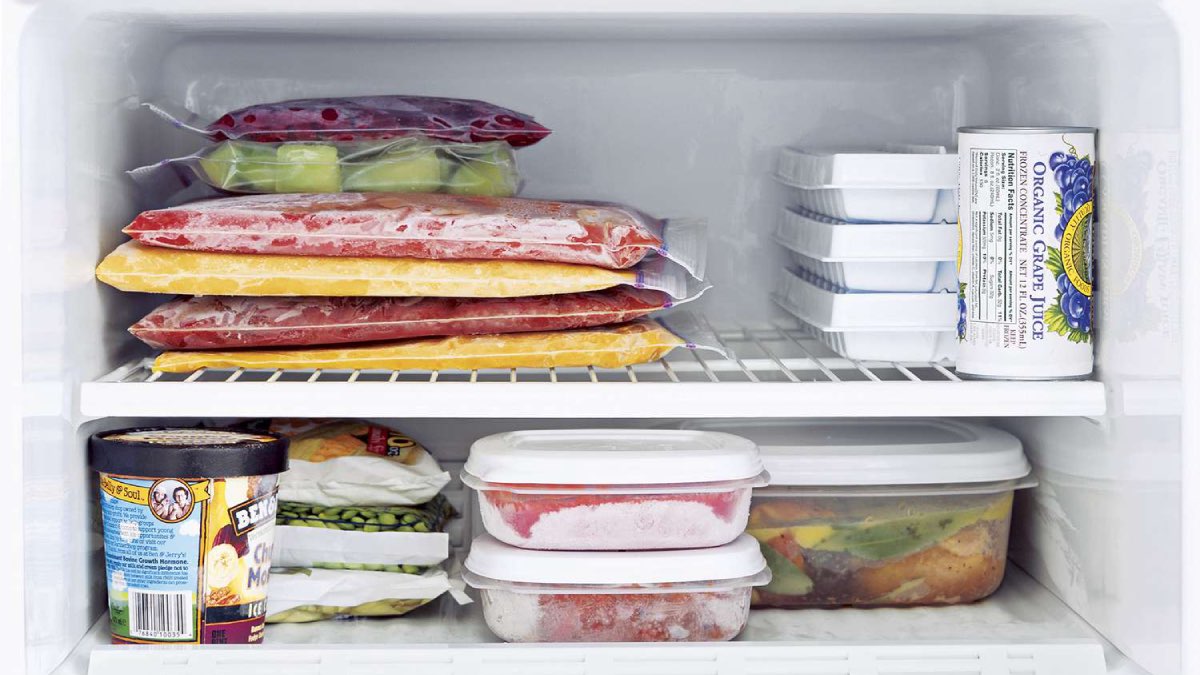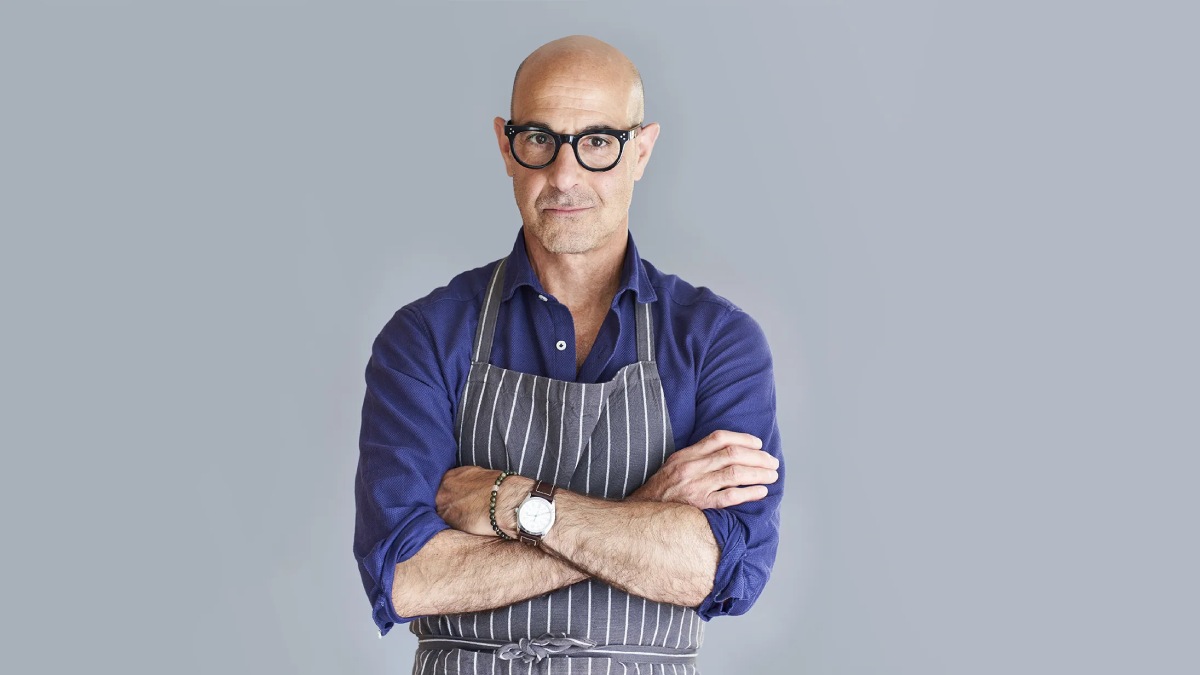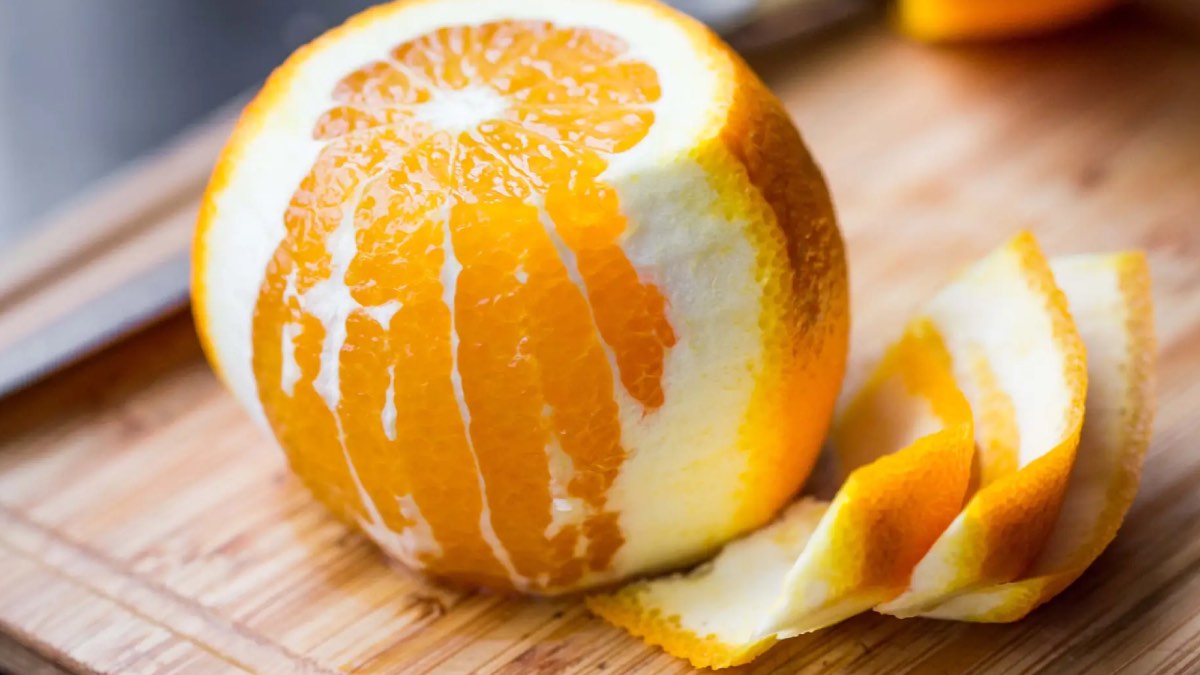Click here to read the Spanish version.
Freezing food is something that almost everyone does. I’m sure that if you go through people’s freezers, you’ll find food or products from who knows when. Some people cook for a regiment and freeze the leftovers so as not to waste them; others prefer batch cooking and take a new recipe out of the freezer every day; others may buy extra and store them in the freezer to keep them for longer. Whatever the case, there are a number of factors to bear in mind when freezing and defrosting food, so that it is done correctly and the food does not lose its properties or bacteria multiply. Take note of these tips!
Tips for freezing food
Freezing food is one of the best ways to preserve it for a longer period of time. To do it in the best way, it should be done quickly, preferably in small quantities and using powerful freezers. Ideally, the food should be at a temperature of -18ºC or lower, as this inactivates the organisms that can alter the food and cause illness when it is eaten.
In order to do this correctly, the Community of Madrid has published a series of useful tips on its website that you should start to apply. To begin with, the best thing to do is to protect the food, either with containers, bags, cling film or any other material suitable for food. It is advisable to use flat, narrow items and to divide the food into portions so that freezing is as quick as possible. This way, when we want to defrost it, we only have to take the right amount. The final touch would be to place an information label on each container to know the freezing date or the quantity of food, among other things.
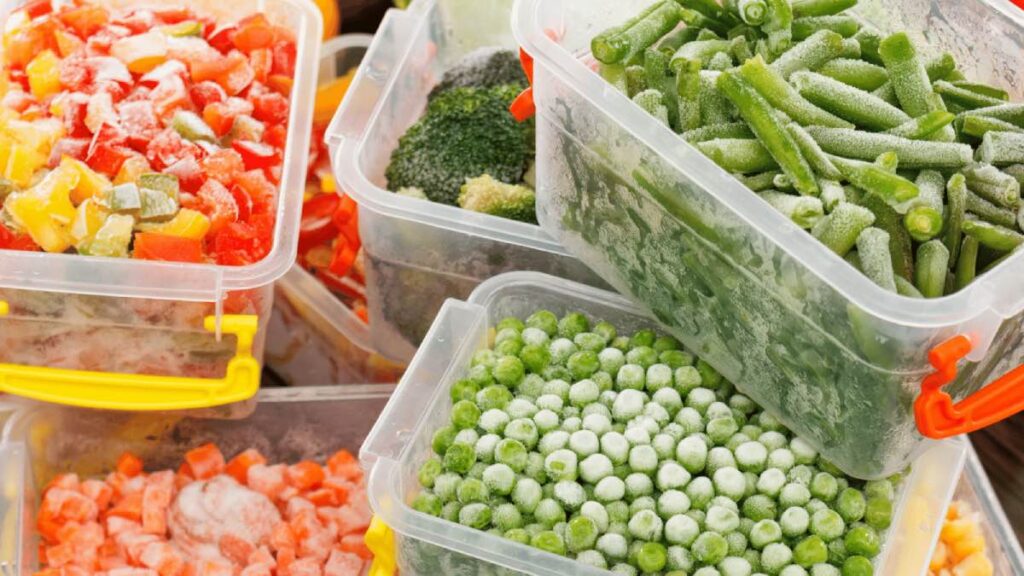
If we are going to freeze a food that we have just cooked, it is recommended to let it cool for one or two hours before putting it in the freezer. With regard to liquids, one issue to bear in mind is to leave enough space, as when frozen, it will increase in size. And what is the recommended limit for keeping food frozen? According to the experts, the ideal would be not to exceed 3 months – for food that we have frozen ourselves – and to respect the expiry date for products that we have already bought frozen.
And what to do when it comes to defrosting?
Good defrosting practice will help reduce the likelihood of contracting food-borne illnesses from spoiled food and also reduce food waste. But it must be done correctly so as not to have the opposite effect. The European Food Safety Authority (EFSA) promotes a series of tips on how to do it safely.
It is advisable to defrost only the quantity that is to be used at the time. Before defrosting large blocks of fish, for example, it is preferable to break these large pieces into smaller portions. As for meat, fish and seafood, this should be done in a separate container in the refrigerator, as this will prevent contamination of other foodstuffs.
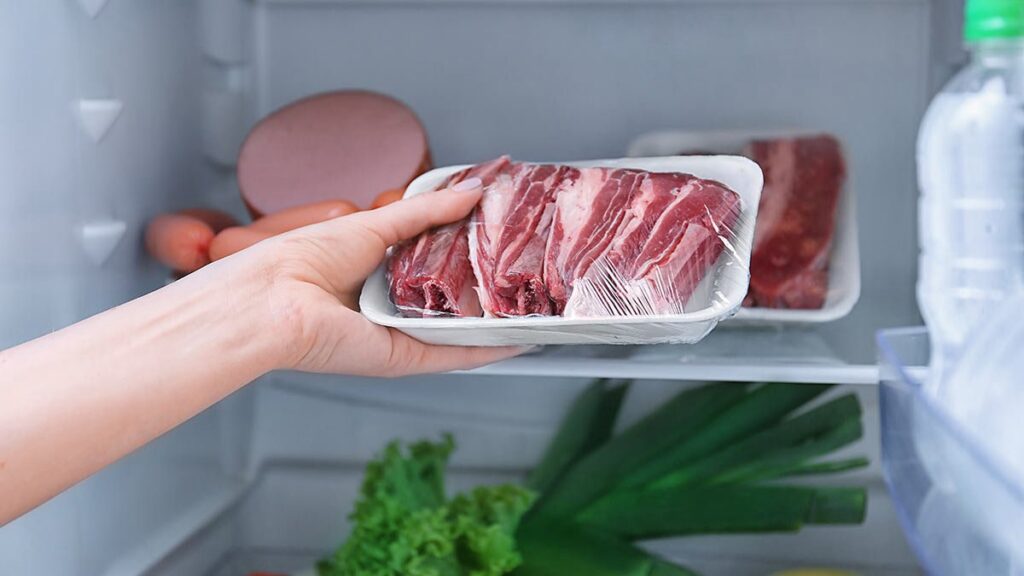
When defrosting fruit and vegetables, the EFSA recommends placing them under cold running water and preferably in the original packaging. Of course, hygiene is essential in all cases. It is advisable to take food out of the freezer 12 hours in advance and defrost it at a low temperature to prevent the growth of bacteria. It is also necessary to consult the preservation instructions for each food, to find out what the manufacturer indicates. Finally, and very importantly, once defrosted, the food cannot be refrozen.
Another issue to bear in mind is how to place food in the fridge. Yes, there is a correct way to store food in the fridge and here we explain it to you.

